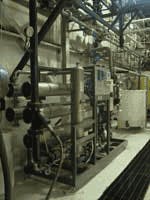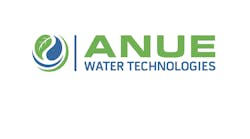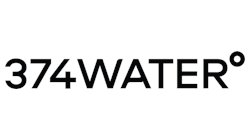Canbra Foods Ltd. is one of the largest and oldest Canadian-based canola oil producers. The plant, located in Lethbridge, Alberta, uses a large amount of steam and demands a large amount of city water for boiler makeup. The community lies south of Calgary near the Montana border.
With the relatively high hardness of the city water supply, the company employed a basic sodium zeolite softening system. The softening system, however, was ineffective as it did not address the boiler high Total Dissolved Solid condition and the presence of CO2, which is responsible for excessive return line corrosion.
What’s more, the existing system used a tremendous volume of salt, which is not only costly but ultimately ends up in the environment. Finally, excessive fuel consumption (a major green house gas contributor) created the controlling of high TDS through continuous boiler blowdown, which was a major concern. Consequently, while the softener system was somewhat useful, Canbra was convinced that a different system would be more effective and decided to look for alternatives.
The question was: Which alternative would be best? Canbra could have obtained a fairly high quality of water using weak acid cation softening system but in the end those systems would have cost twice as much as the original softening method. In addition, it would have required the use of sulfuric acid on site, which would not only be cumbersome but also potentially hazardous. It also would have required construction of degasifying towers, a significant expense and engineering challenge because of space limitations.
Solution
Canbra initially formulated a plan to proceed with a weak acid cation (WAC) ion exchange system. After conducting some in-depth research, Canbra personnel determined that reverse osmosis (RO) might be a better potential solution. The RO system would eliminate the hazard and engineering challenges of a WAC system installation and would address the TDS and CO2 problems while providing important economical and environmental benefits.
Subsequently, GE Infrastructure, Water & Process Technologies provided Canbra with a GE Osmonic Pro Series Water Treatment System. This system removes 97% of all present hardness and prevents the formation of CO2. The existing softeners are used after the RO as buffers for the removal of the remaining 3% hardness. The buffered RO water is then fed to an epoxy lined makeup (M/U) tank where it’s mixed with existing return water and boiler water treatment chemical. This nullifies the corrosive aggressively of the RO water. The water is then fed to the boilers. Note that the piping arrangement from the RO system to the M/U tank is made of stainless steel.
Results
From June 2004 - when the system was first installed - until June 2005, Canbra will have saved 3,653,000 liters (or 965,000 gallons) of water and 230 tons of salt. These savings are attributed to the elimination of the daily regeneration of the zeolite. This process uses 13,250 liters (3,500 gallons) of water and ¾ of a ton of salt each time and is now done only once every six months. Finally, the 15% M/U water reduction has permitted a 12% reduction in fuel consumption. This translates to a reduction of over 3,000 tons of greenhouse gases from the atmosphere every year.
Conclusion
Canbra has achieved significant cost savings as well by reducing the amount of water treatment chemicals added to the boiler for water treatment by 80%. These are chemicals, like the salt and greenhouse gases, that will no longer find their way into the environment. IWW
GE Infrastructure, Water & Process Technologies is based in Trevose, PA. For more information, contact 215-355-3300 or www.gewater.com.




